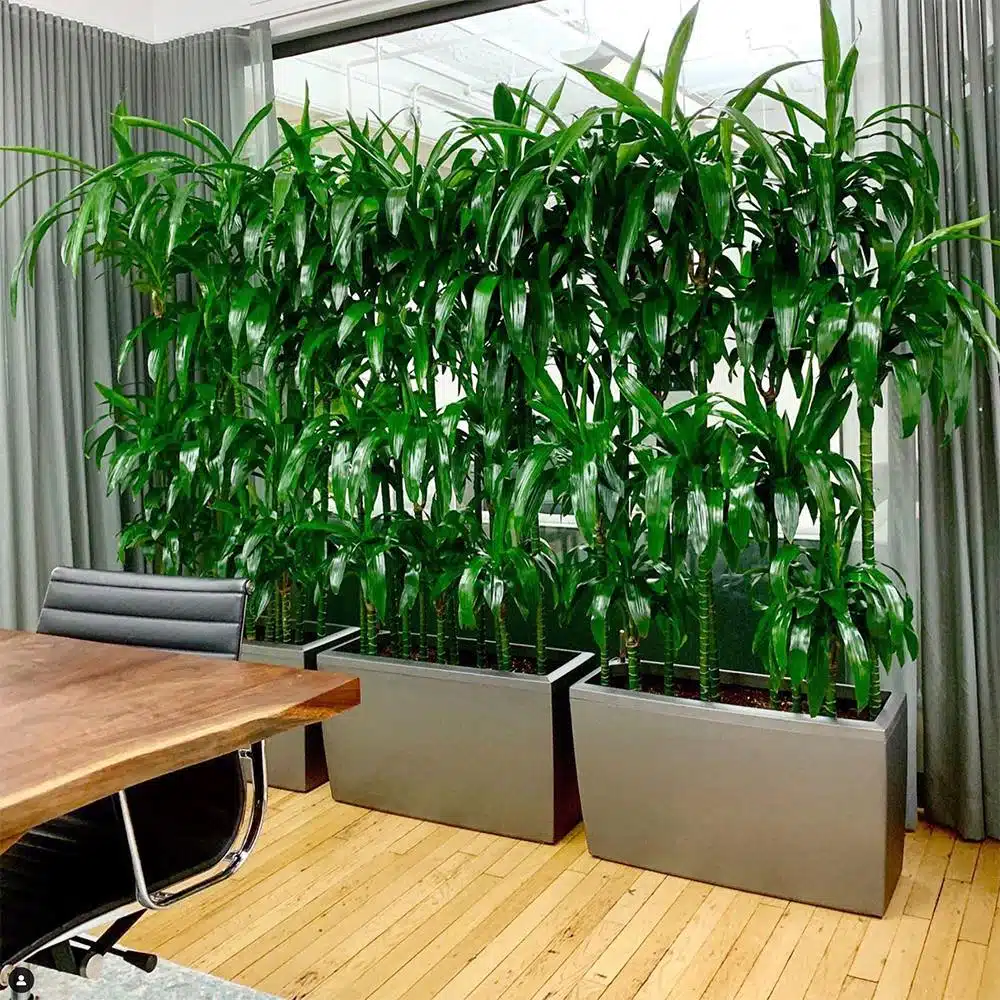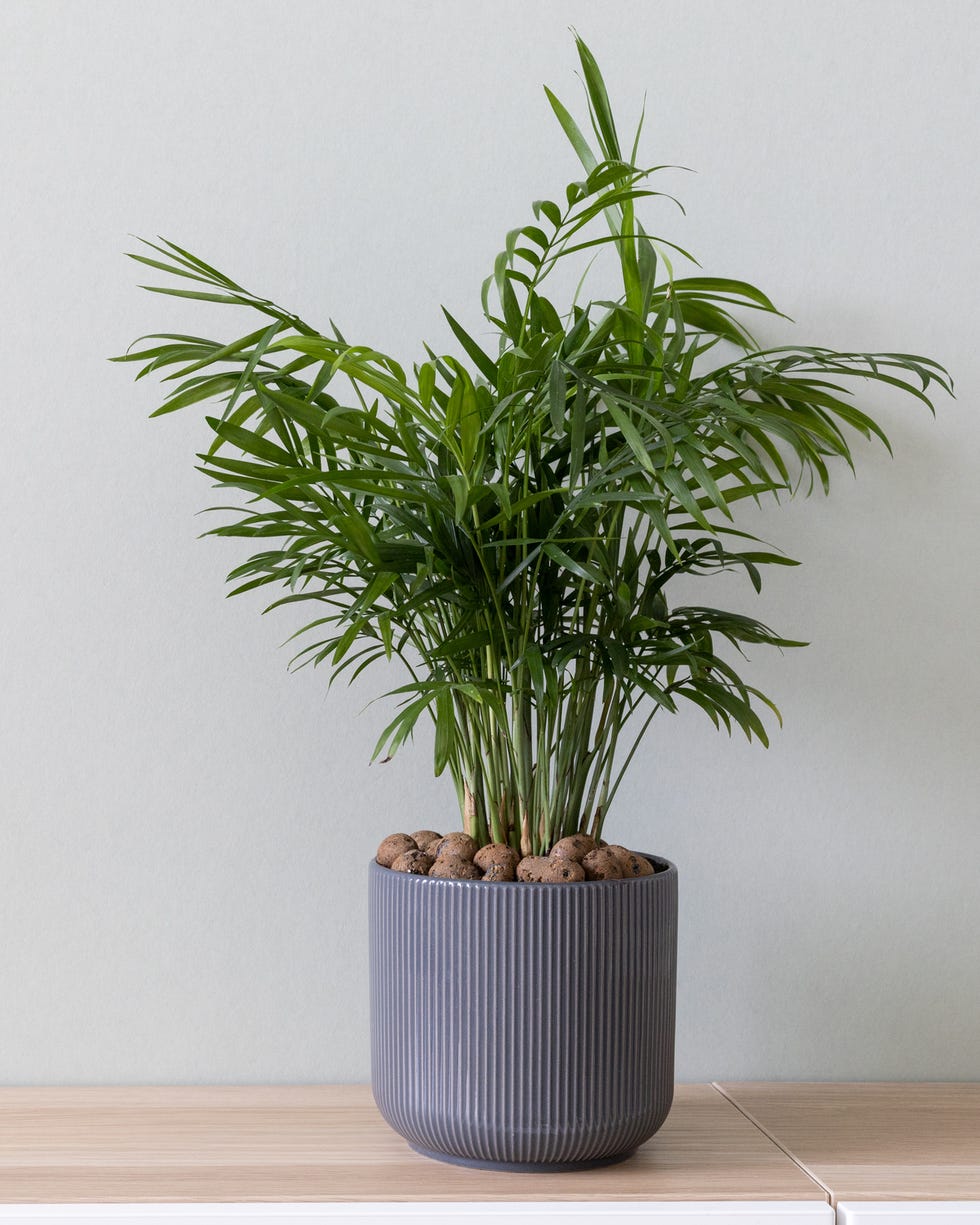How to Care for the Best Low-Light Indoor Plants in Any Environment
Discover the Finest Low-Light Indoor Plants for Enhancing Your Home Design
Including low-light indoor plants into your home decoration can dramatically improve both looks and ambience, especially precede that do not have abundant natural light. Selections such as the Snake Plant and ZZ Plant not just bring life to dim edges however also add to boosted air high quality and overall well-being. Understanding the distinct qualities and treatment requirements of these plants can result in a more harmonious living environment. As we explore the leading options and their imaginative applications, one may wonder just how these options can transform your room right into a flourishing haven.

Why Choose Low-Light Plants
Why select low-light plants in your interior spaces? The modern-day living atmosphere usually offers difficulties such as minimal all-natural light, making it difficult for traditional houseplants to thrive. Low-light plants are especially adapted to make it through and flourish in these conditions, offering a practical service for people looking for to enhance their indoor areas without the added anxiety of keeping extra light-demanding vegetation.
Along with their durability, low-light plants add dramatically to the looks of a space. Their varied variety of forms, colors, and sizes enables one-of-a-kind indoor style possibilities, creating inviting and lively ambiences. Indoor plants are known for their air-purifying top qualities, improving interior air quality by launching and filtering toxins oxygen, which can boost general wellness.
Low-light plants likewise need very little maintenance, making them particularly appealing to busy individuals or those brand-new to horticulture. Their versatility permits placement in different settings, from workplace to dimly lit edges of the home. By selecting low-light plants, you can delight in the benefits of greenery without the restrictions that typically go along with conventional horticulture, inevitably fostering a healthier and a lot more aesthetically enticing interior setting.
Top Low-Light Indoor Plants
For those seeking to enhance their indoor areas with plant that flourishes in low-light problems, a number of plant choices stand out for their resilience and visual allure. The Serpent Plant (Sansevieria trifasciata) is a popular choice, understood for its upright, sword-like leaves and ability to tolerate overlook. This durable plant can survive in dimly lit locations while improving indoor air top quality.
One more excellent choice is the Pothos (Epipremnum aureum), identified by its heart-shaped leaves and trailing vines. Pothos is not only versatile to reduced light yet likewise uses a striking aesthetic comparison when positioned on racks or hanging baskets.
The ZZ Plant (Zamioculcas zamiifolia) is just as outstanding, boasting shiny, dark green leaves that can illuminate any corner. Its dry spell resistance makes it suitable for active homeowners.
Care Tips for Low-Light Plants
Exactly how can you make sure that your low-light indoor plants thrive despite limited sunlight? Initially, choose the appropriate potting mix that gives excellent drainage while retaining moisture. A well-aerated soil, such as a blend of potting soil and perlite, can aid avoid origin rot.
Watering is important; low-light plants generally call for much less constant watering contrasted to their sun-loving counterparts. Always examine the top inch of the soil-- if it feels completely dry, it's time to water. Be careful of overwatering, as this can lead to fungal concerns and root decay.
Feeding low-light plants must be done sparingly - Best low-light indoor plants. Utilize a balanced, water-soluble plant food throughout the growing period, however remove or minimize fertilization in the dormant months
Furthermore, dirt can collect on leaves, hindering photosynthesis. Gently clean the fallen leaves with a damp towel to keep them tidy.
Lastly, observe your plants very closely. Indications of distress, such as yellowing fallen leaves or leggy development, can indicate that your plant requires adjustments in treatment (Best low-light indoor plants). By following these treatment informative post pointers, your low-light indoor plants can flourish, adding beauty and vigor to your home
Imaginative Ways to Present Plants
Elevating the aesthetic charm of your interior space can be achieved by thoughtfully displaying your low-light plants in creative means. Consider using upright area to your advantage; wall-mounted racks can showcase trailing plants like pothos or philodendron, including lushness while saving flooring area. Make use of plant stands of differing heights to create visual interest and deepness, drawing the eye upwards.
Hanging planters are another superb choice, offering a significant effect when suspended from the ceiling or hooks. Macramé hangers can present structure and bohemian panache, while contemporary ceramic wall mounts can match a minimal aesthetic. For a more cutting-edge approach, repurpose one-of-a-kind containers such as vintage teacups or glass containers, which can include character to your screen.
Organizing plants in clusters is additionally efficient; use differing pot dimensions and colors to create a cohesive look. This approach not just boosts visual influence however likewise gives a natural environment feel - Best low-light indoor plants. Consider putting plants near light sources like lamps or windows to enhance their development and display their vivid foliage, therefore improving the general ambiance of your indoor setting.
Benefits of Indoor Plant
Various research studies have demonstrated that integrating indoor plant right into your living space offers a wide range of benefits, enhancing both psychological and physical health. Among the most considerable benefits of indoor plants is their ability to try this enhance air quality. Plants absorb carbon dioxide and launch oxygen, creating a much healthier atmosphere while also removing hazardous toxic substances, hence advertising respiratory health and wellness.
Moreover, the visibility of greenery has been connected to reduced tension degrees. Research study shows that connecting with plants can reduce cortisol degrees, which are connected with anxiety. This relaxing effect can lead to improved state of mind and raised productivity, making indoor plants a suitable enhancement to work spaces.
In addition, interior greenery can boost cognitive function. Studies suggest that environments improved with plants can result in raised emphasis, creative thinking, and general psychological quality. The aesthetic charm of interior plants also adds to a much more inviting and positive environment, favorably influencing social interactions and total complete satisfaction within an area.
Conclusion

Integrating low-light indoor plants right into your home design can substantially boost both appearances and environment, specifically in spaces that lack abundant all-natural light. Ranges such as the Snake Plant and ZZ Plant click to read more not only bring life to lower edges but also contribute to enhanced air high quality and total wellness. Indoor plants are known for their air-purifying qualities, improving indoor air high quality by launching and filtering system contaminants oxygen, which can enhance overall well-being.
For those looking for to enhance their indoor spaces with plant that thrives in low-light conditions, several plant choices stand out for their strength and aesthetic charm. These resistant plants, such as the Snake Plant and ZZ Plant, prosper in dim problems and need very little upkeep, making them ideal for numerous lifestyles.